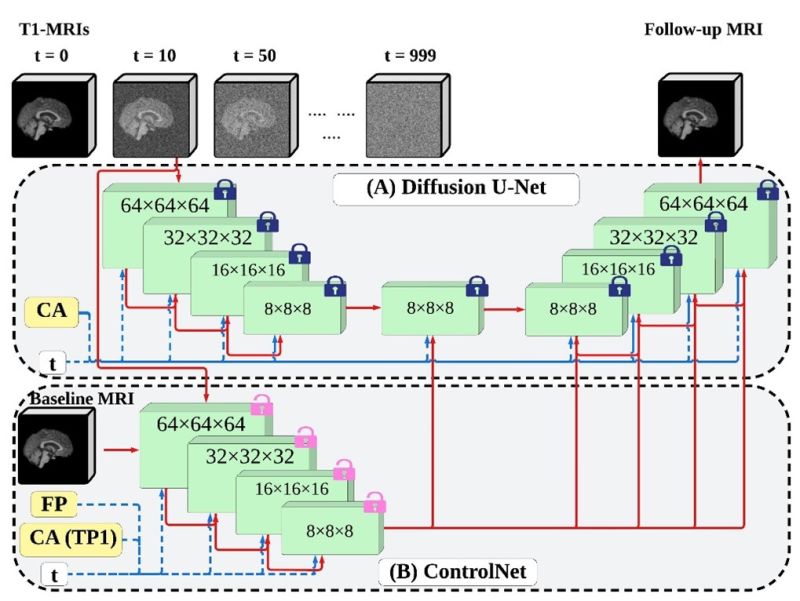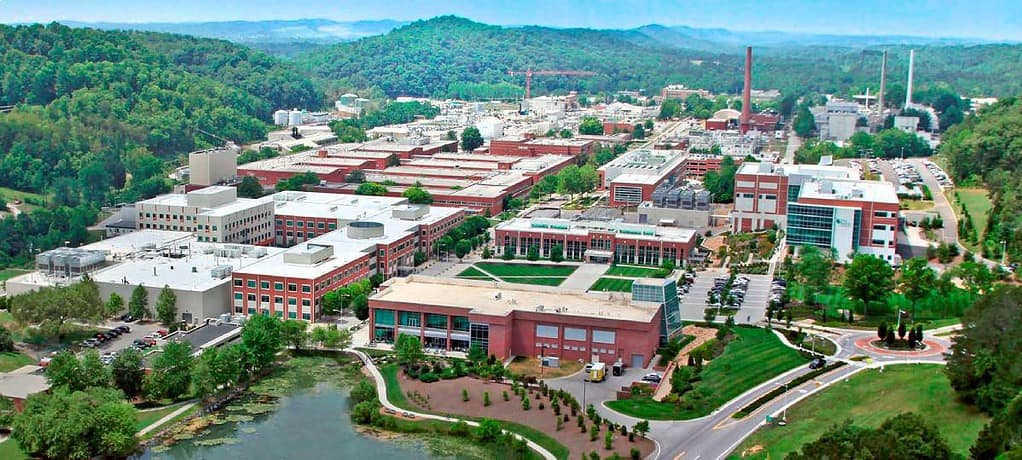An ORNL team used a laser powder-bed system at the lab’s Manufacturing Demonstration Facility, or MDF, to 3D print the 316H stainless steel capsules. This type of steel is being evaluated because it offers high-temperature strength, corrosion and radiation resistance, proven nuclear-grade performance and weldability needed for safe, durable use in reactor environments.
The team then assembled and qualified the capsules to be inserted into HFIR by ORNL’s Irradiation Engineering group. The capsules underwent a month-long irradiation in the reactor and were removed fully intact. This demonstration sets the stage for future nuclear component designs to be produced using additive manufacturing.
“As we demonstrate the reliability of these printed components, we’re looking at a future where additive manufacturing might become standard practice in producing other critical reactor parts,” said Ryan Dehoff, director of the MDF at ORNL.
HFIR provides one of the world’s highest neutron flux environments, allowing researchers to test and qualify fuels and materials under conditions such as a nuclear reactor. Fabricating and qualifying experimental capsules to irradiate fuel and material samples is a costly and time-consuming process, demanding custom materials and designs. Additive manufacturing, or 3D printing, could streamline the development of experimental capsules, significantly reducing the cost and time associated with producing these components, ultimately driving greater innovation in nuclear science and technology.


